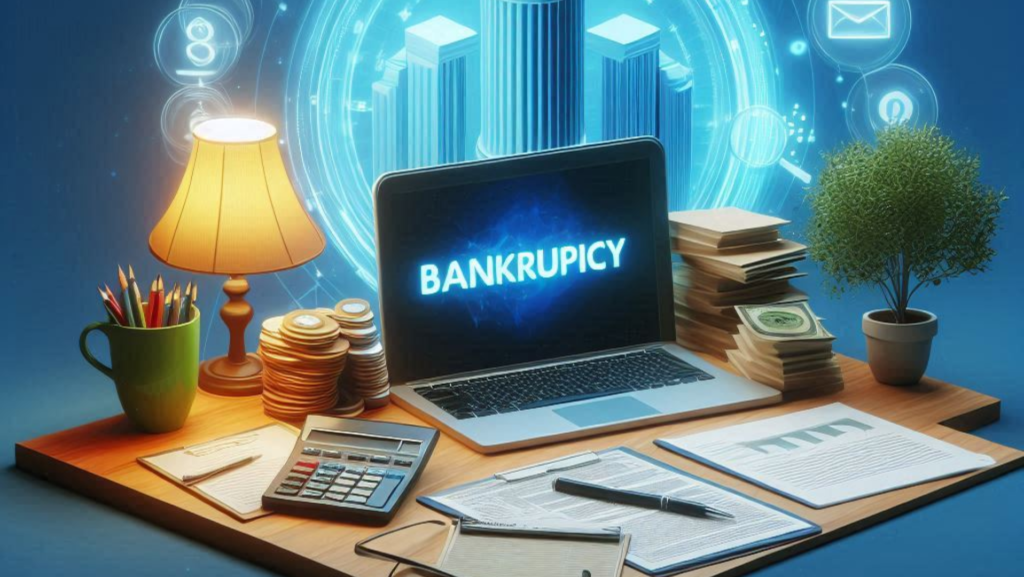Bankruptcy is a legal procedure that provides individuals and businesses with a fresh start when they are unable to repay their debts. Filing for bankruptcy can be a complex and daunting process, but it can also offer significant relief and the opportunity to rebuild financial stability. This article will explore the various aspects of bankruptcy, including the types of bankruptcy, the process of filing, its effects on credit, and alternatives to consider.
Types of Bankruptcy
In the United States, there are several types of bankruptcy, each designed for different situations:
- Chapter 7 Bankruptcy: Often referred to as “liquidation bankruptcy,” Chapter 7 involves the sale of a debtor’s non-exempt assets to repay creditors. It is suitable for individuals with limited income and few assets. Upon completion, most remaining unsecured debts, such as credit card debt and medical bills, are discharged.
- Chapter 13 Bankruptcy: Known as “reorganization bankruptcy,” Chapter 13 is for individuals with a regular income who can repay some or all of their debts through a court-approved repayment plan over three to five years. This type allows debtors to keep their property while catching up on missed mortgage or car payments.
- Chapter 11 Bankruptcy: Primarily used by businesses, Chapter 11 allows companies to continue operating while restructuring their debts. This type of bankruptcy is complex and expensive, often used by corporations or large partnerships.
- Chapter 12 Bankruptcy: Designed specifically for family farmers and fishermen, Chapter 12 provides a repayment plan to help these individuals manage their debts while continuing their operations.
- Chapter 15 Bankruptcy: This chapter deals with cross-border insolvency cases, providing a mechanism for dealing with debtors with assets and creditors in more than one country.
The Bankruptcy Process
The process of filing for bankruptcy involves several steps and requires careful consideration and planning.
- Credit Counseling: Before filing, debtors must complete a credit counseling session with an approved agency. This step helps determine if there are feasible alternatives to bankruptcy.
- Filing the Petition: To initiate the bankruptcy process, debtors must file a petition with the bankruptcy court. This includes detailed information about their finances, such as income, expenses, assets, and debts.
- An automatic stay takes effect after the petition is filed.
- This legal provision halts most collection actions, including lawsuits, wage garnishments, and phone calls from creditors, providing immediate relief to the debtor.
- Meeting of Creditors: Approximately 20 to 40 days after filing, the debtor must attend a meeting of creditors (also known as a 341 meeting). During this meeting, the bankruptcy trustee and creditors can ask questions about the debtor’s financial situation and the information provided in the bankruptcy petition.
- Asset Liquidation or Repayment Plan: In Chapter 7 cases, the trustee will liquidate non-exempt assets to repay creditors. In Chapter 13 cases, the debtor will begin making payments according to the court-approved repayment plan.
- Debt Discharge: In Chapter 7, most unsecured debts are discharged approximately four to six months after filing. In Chapter 13, the discharge occurs after the debtor completes the repayment plan, typically three to five years.
Impact on Credit
Filing for bankruptcy significantly impacts a debtor’s credit score and remains on their credit report for several years:
- Chapter 7 Bankruptcy: Remains on the credit report for ten years from the filing date.
- Chapter 13 bankruptcy stays on your credit report for seven years from the filing date.
A lower credit score can make it challenging to obtain new credit, secure housing, or even find employment. However, bankruptcy also offers a path to rebuilding credit. By responsibly managing finances post-bankruptcy, individuals can gradually improve their creditworthiness.
Alternatives to Bankruptcy
Before deciding to file for bankruptcy, it is essential to consider alternative debt relief options:
- Debt Consolidation: This involves combining multiple debts into a single loan with a lower interest rate, making it easier to manage and pay off debts.
- This can be done on your own or with the assistance of a debt settlement company.
- Credit Counseling and Debt Management Plans: Working with a credit counseling agency to create a debt management plan (DMP). The agency negotiates with creditors to reduce interest rates and combine payments into a single monthly payment.
- Loan Modifications: For secured debts like mortgages, lenders may agree to modify the terms of the loan to make payments more affordable.
- Negotiating with Creditors: Sometimes, directly negotiating with creditors for more favorable repayment terms or temporary hardship programs can provide relief without the need for bankruptcy.
Conclusion
Bankruptcy is a powerful tool for those facing insurmountable debt, offering a chance to start anew. However, it is not a decision to be taken lightly, given its long-term impact on credit and financial standing. Understanding the types of bankruptcy, the process involved, and the potential consequences is crucial for anyone considering this option.


